Acoustic Telemetry
Acoustic telemetry is a very powerful tool to investigate fine-scale movements of fish in large rivers, lakes, estuaries and coastal areas. We use this technology especially for large projects, i.e. to observe behavioral responses at potential barriers (such as weirs or hydropower plants) and their movements past such barriers. To do so, we tag fish with acoustic transmitters that are then being detected in their natural environment by deployed receiver stations. Arrays of such receivers thereby allow us to visualize 2D & 3D fish movements in strategic areas.
With nearly 100 acoustic receiver stations (hydrophones) and our long expertise gained through several major projects, including a PhD thesis (Link), we are the ideal partner for the use of this technology.
Video of our telemetry-project 
We are currently using several hydrophones for our large-scale project LIFE4FISH in order to simultaneously investigate the downstream migration of smolts and silver eels at six hydropower plants of the Meuse river, Belgium.
More Acoustic Telemetry in Pictures
The Benefits of Acoustic Telemetry
An outstanding advantage of this technology is its high detection range (≥ 500 m in seawater, 200 m in stillwater and several dozen meters in the immediate vicinity of hydroelectric power plants). This facilitates fine-scale behavior studies even over long distances as well as in deep waters, such as lakes or reservoirs. Our acoustic transmitters allow us to tag and track fish of ≥ 30 g for a duration of 40 days to several years. Some tag models can also transmit the depth, acceleration and internal temperature of the deployed fish, thus providing further insights into the behavior of fish.
However, the use of acoustic telemetry often results in large data sets that require good computational skills and capacities. This particular applies to 2D / 3D localizations thorugh triangulation. Our statistical team has therefore developed its own software tools for the automated analysis of large data volumes.
Material
- 100 hydrophones from LOTEK
- 150 buoys and anchorages
- 5 tag activators
Current References
- 2010-2014: The Spatial Distribution and Activity of Lake Fish. A Case Study from the Bariousse Reservoir with a Description of the Influence of Environmental Factors Using a Multi-Scale Analytical Approach. PhD thesis, Funded by EDF and Irstea
- 2016 & 2017: Performance Evaluation of Acoustic Telemetry (VEMCO 69 KHZ, 180 kHz and LOTEK 416.7 kHz) in Front of the Grands Malades Power Plant at Namur, Belgium. Client: EDF LUMINUS
- 2017: Identifying the Downstream Migration Routes of 150 Smolts Through Acoustic Telemetry at 6 Hydroelectric Power Plants of the Meuse River. Client: EDF LUMINUS
- 2017: Definition of a Test Protocol to Investigate the Performance of LOTEK Acoustic Telemetry Equipment in the Etang des Aulnes (Bouches du Rhône), France. Client: Irstea
- 2018: Identifying the Downstream Migration Routes of 150 Silver Eels Through Acoustic Telemetry at 6 Hydroelectric Power Plants of the Meuse River. Client: EDF LUMINUS
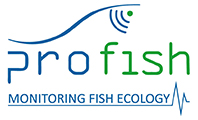

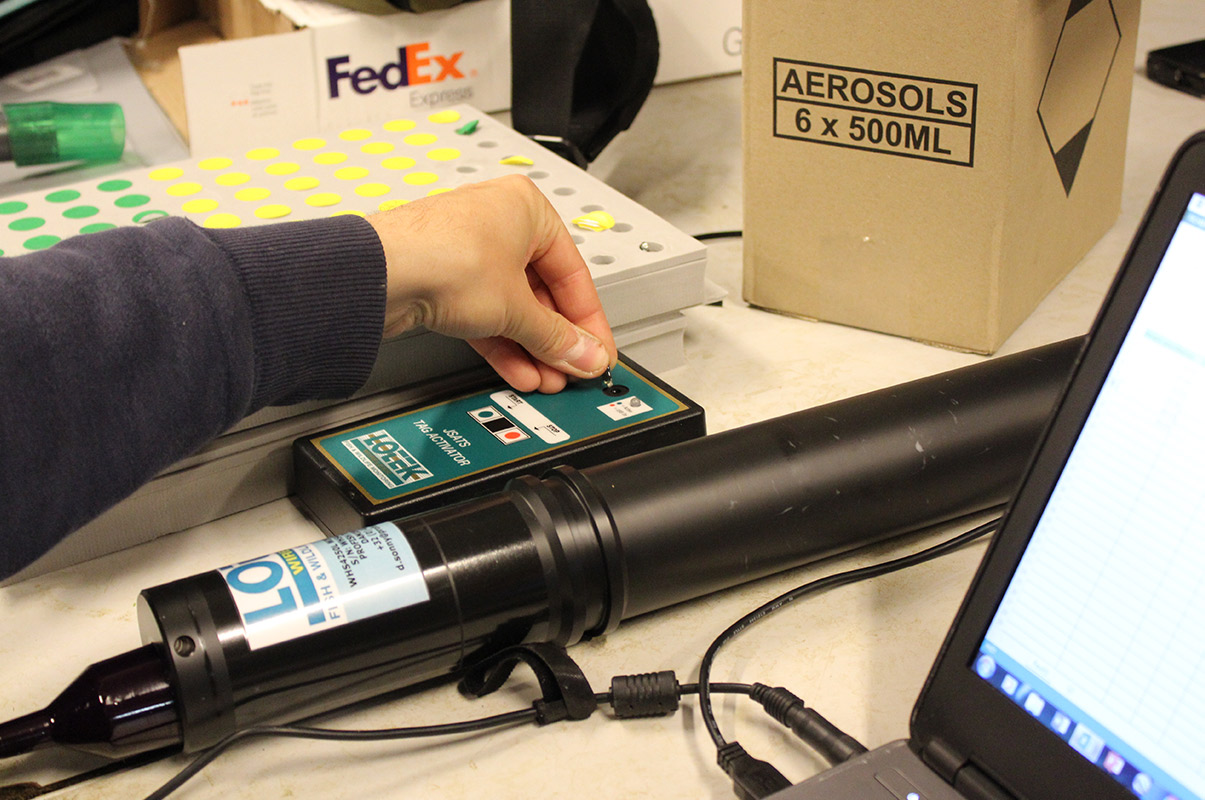

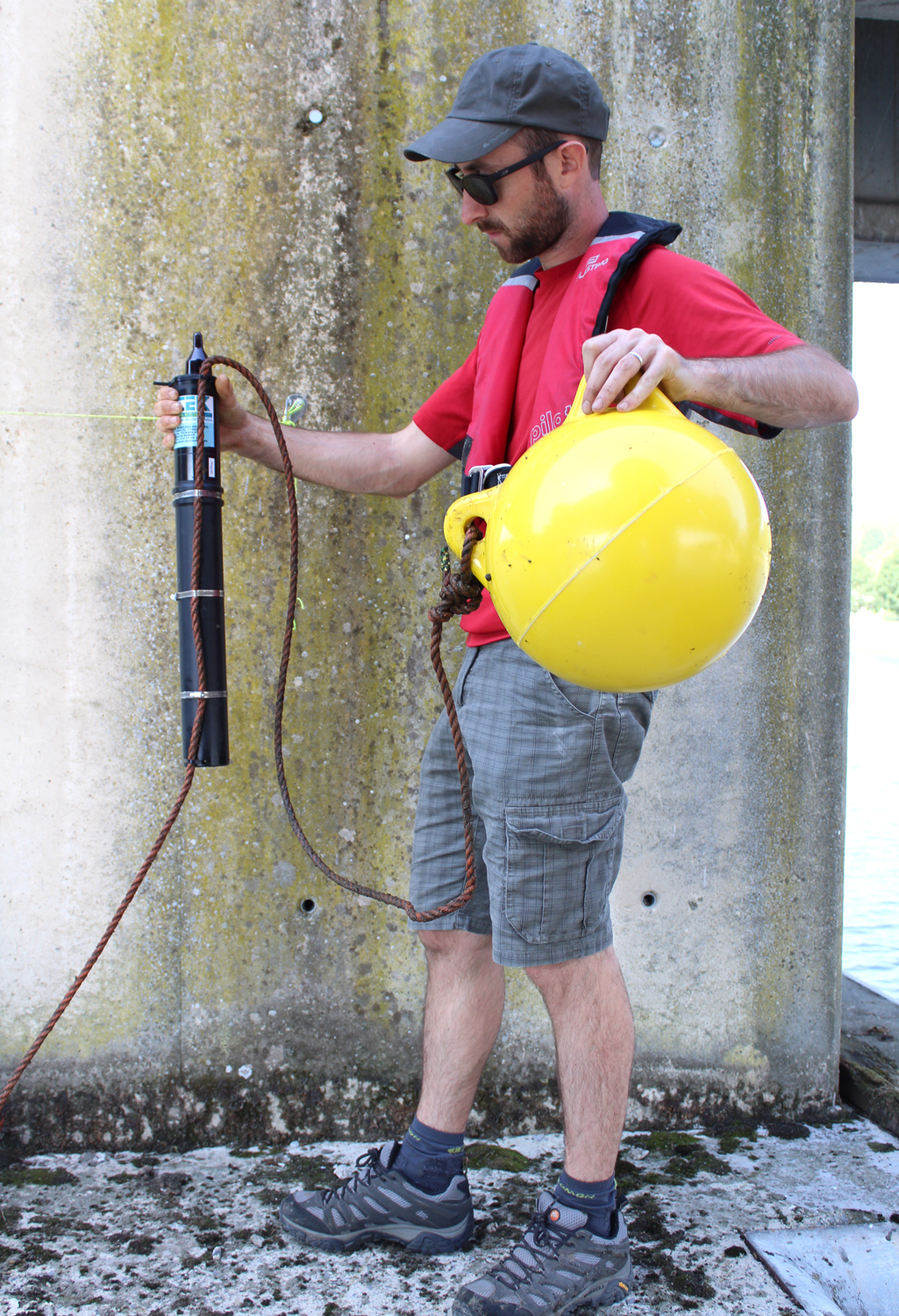

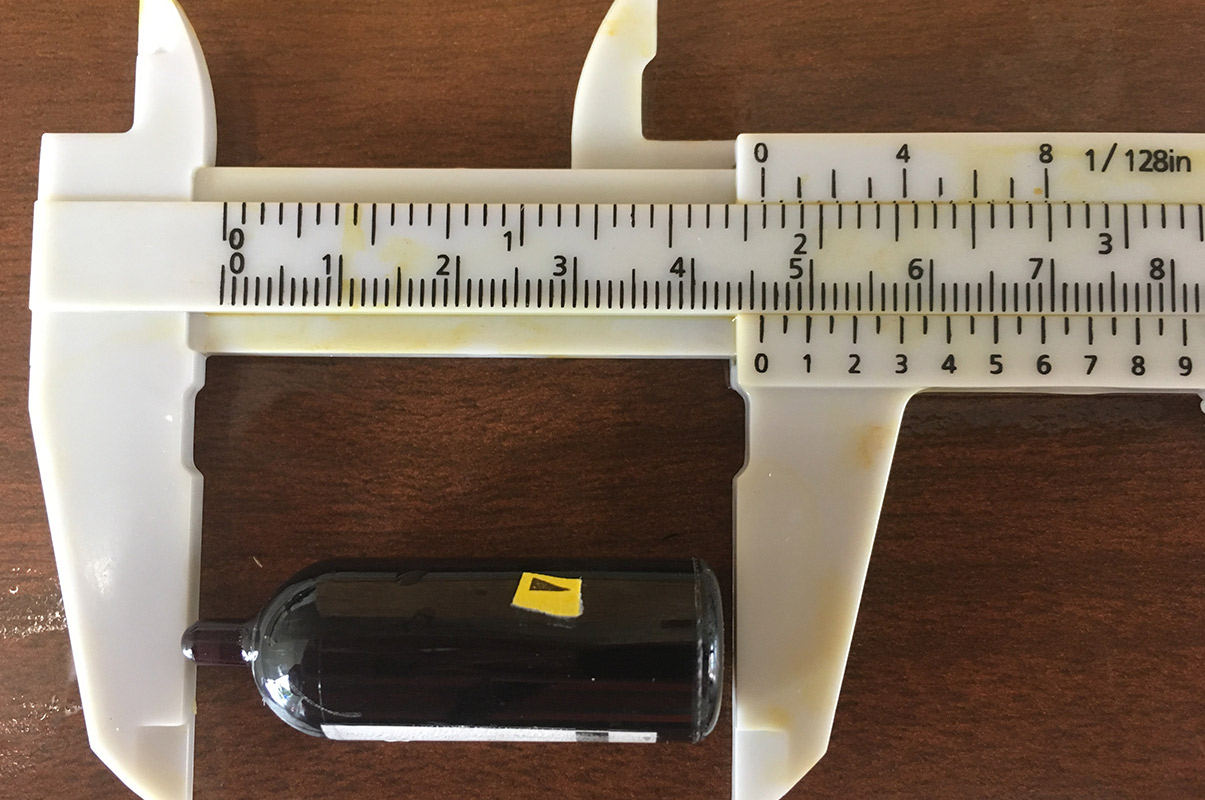

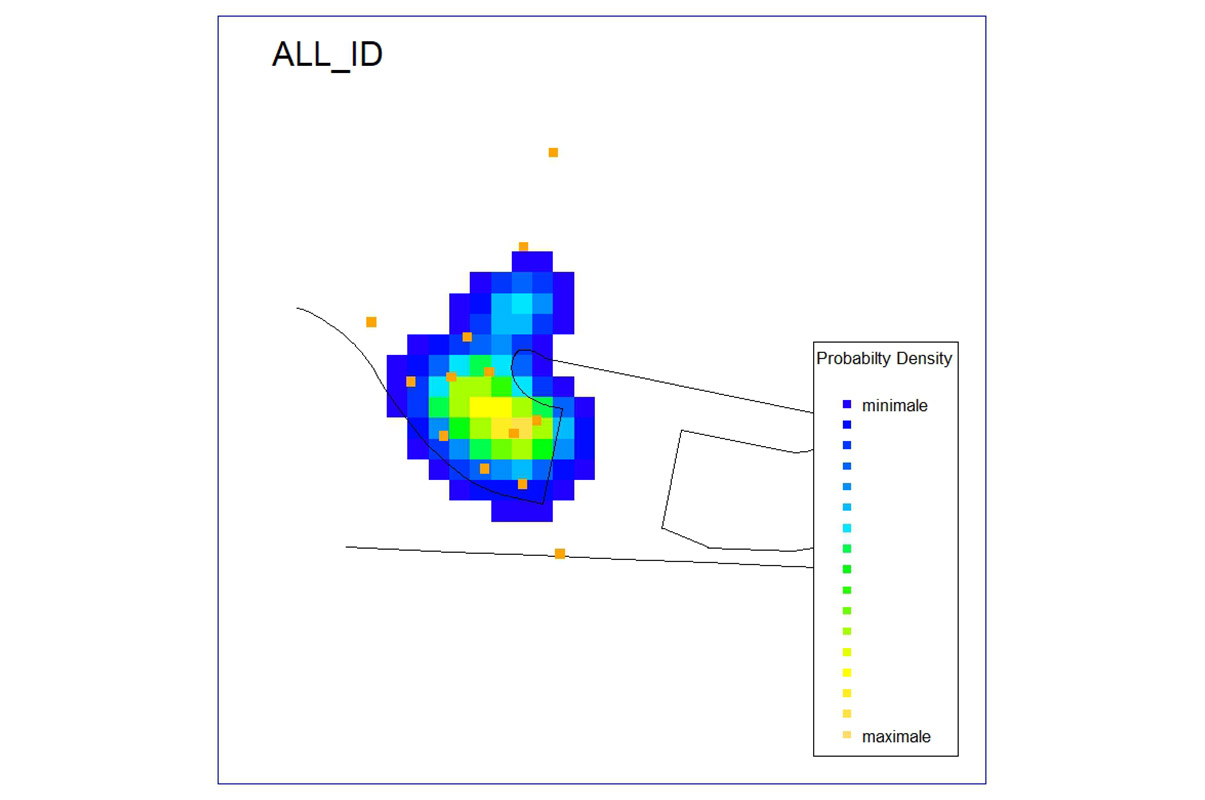




 Partager ce contenu
Partager ce contenu